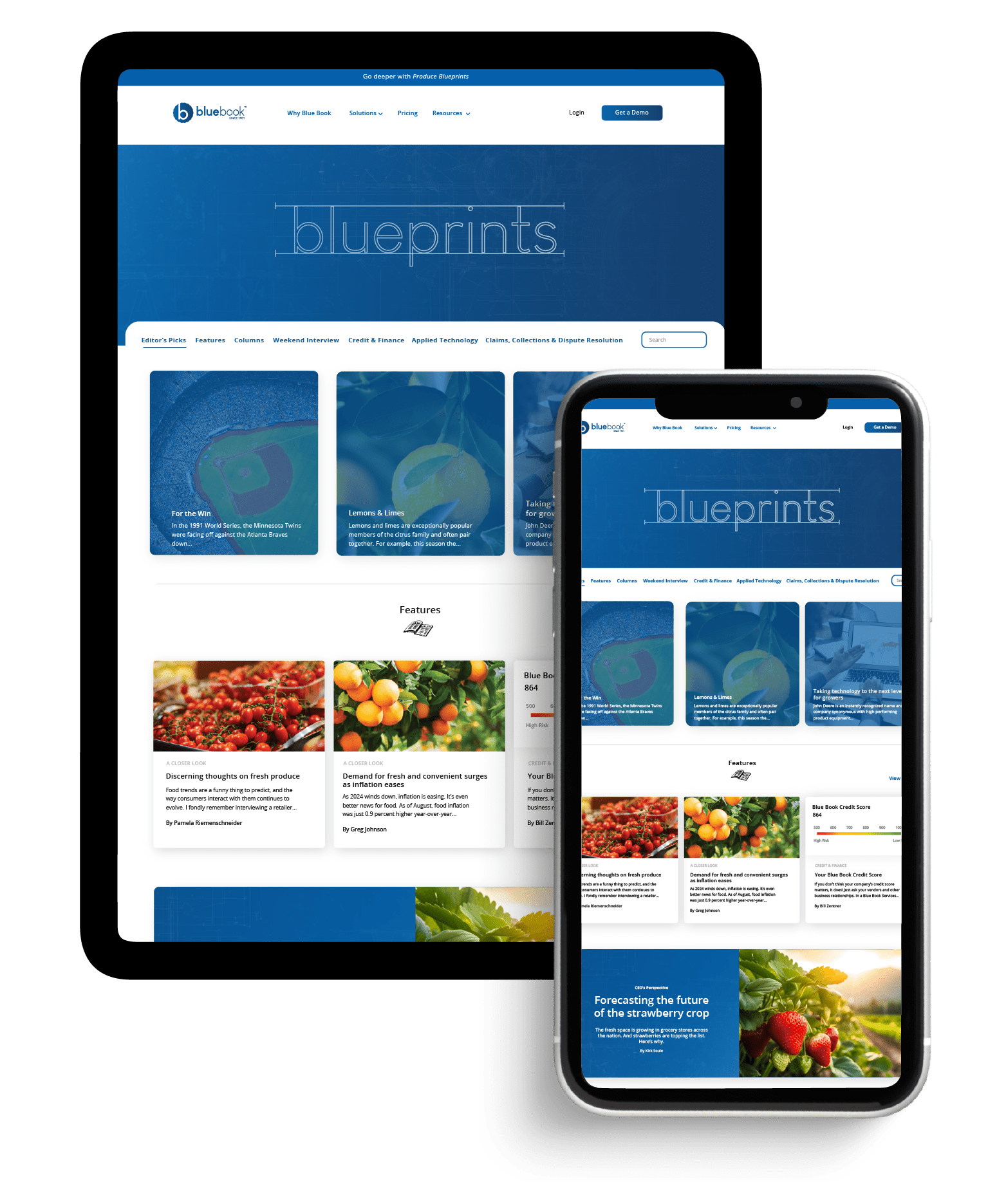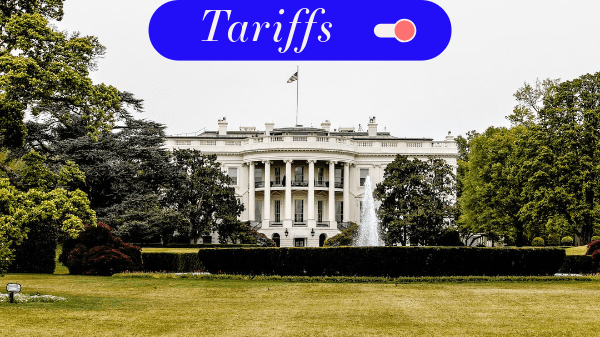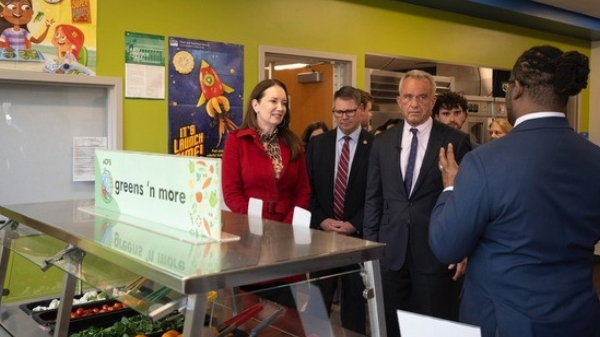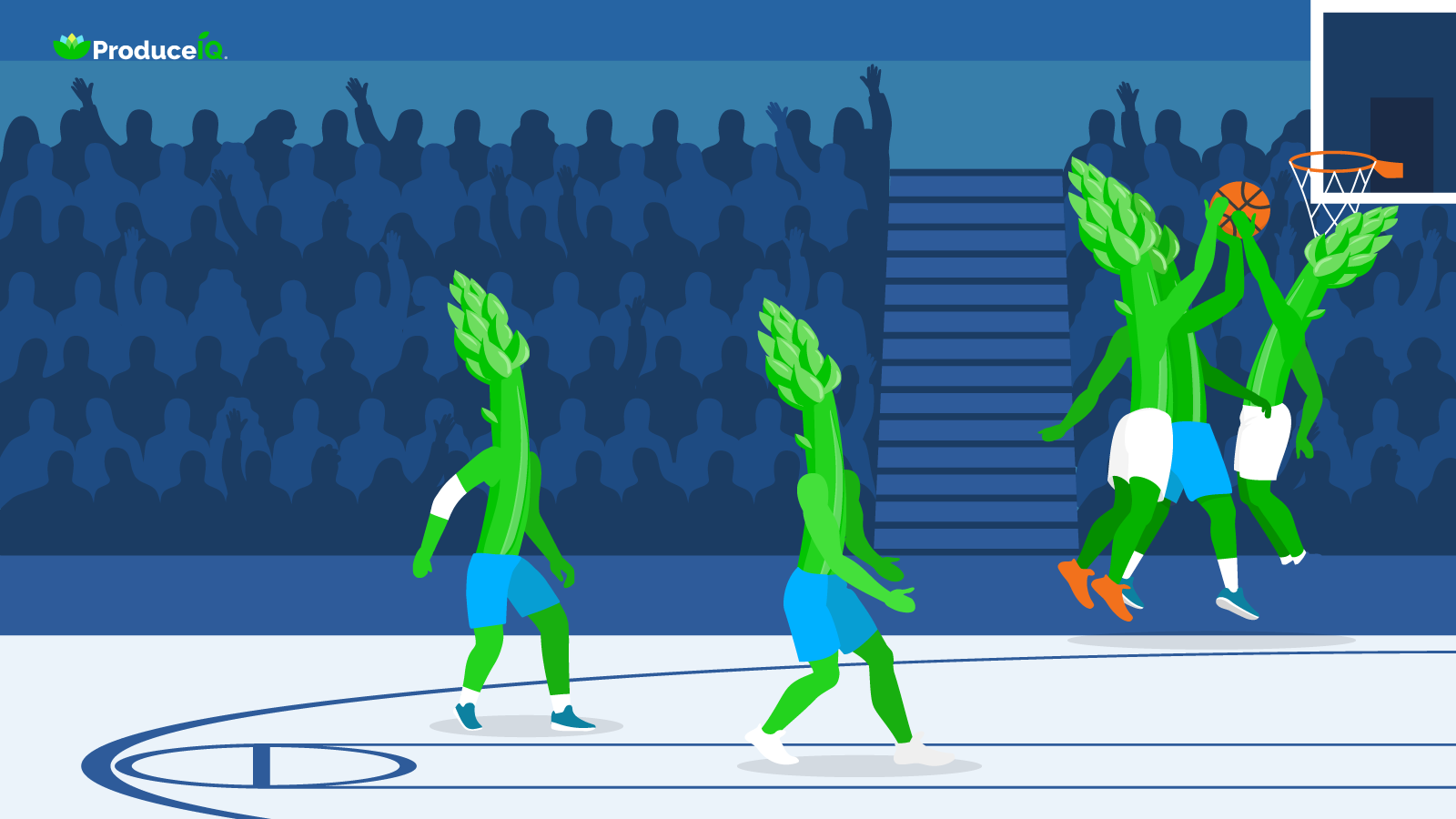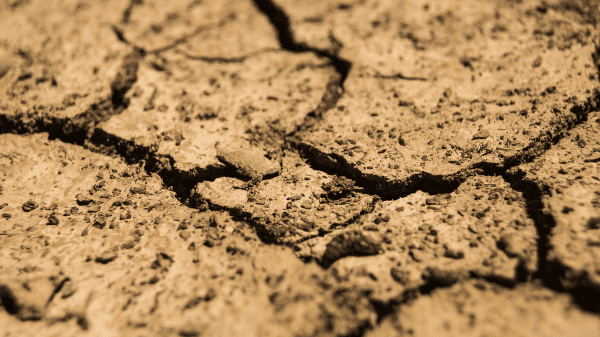
Leading California business associations, including the Western Growers Association BB #:144734, the California Farm Bureau Federation, the California Fresh Fruit Association, and California Pear Growers, have sent a letter to governor Gavin Newsom urging him to “establish a clear target to increase its surface water supply to meet current and future needs for human consumption and a growing economy.”
“Our state has set goals for carbon emission reductions, renewable power, waste diversion, land conservation and other climate-related objectives,” the letter continues. “However, we still do not have a goal to grow the water supply. In fact, our current strategy is precisely the opposite: To keep shrinking surface water supplies available for human consumption and expect homes and businesses to do more with less. . . .
“A good place to start would be to provide an accurate accounting of the existing and future capacity of the State Water Project and Central Valley Project. These projects were designed and built with grossly over-optimistic hydrology projections and pre-date enactment of the Endangered Species Act.”

Furthermore, “this new water supply system must be built with climate change in mind.”
It would require an act of monumental denial to doubt the urgency portrayed in this letter. But it does not explain why the water situation has come to this impasse.
Approximately 10 percent of the state’s water supply is directed toward urban consumption, while some 40 percent goes to agriculture.
The rest is directed toward “environmental” uses: “‘wild and scenic’ under federal and state laws, water required for maintaining habitat within streams, water that supports wetlands within wildlife preserves, and water needed to maintain water quality for agricultural and urban use,” according to the Public Policy Institute of California.
https://www.ppic.org/publication/water-use-in-california/
The “environmental” uses create the complication. How much water, for example, should be sent through the San Joaquin Delta (east of the San Francisco Bay Area) to preserve wetlands and endangered species? Environmentalists say a lot. Agricultural interests say much less should be directed toward this use than toward, for example, agriculture.
The issue pits the residents of the great urban metropolises—San Francisco, Los Angeles, and San Diego—against the agribusiness interests centered in the Sacramento-San Joaquin Valley.
There is no intrinsic reason for this opposition since San Franciscans and Los Angelenos eat plenty of California-grown fresh fruits and vegetables and would no doubt like to continue doing so.
But the urban public—which constitutes the majority of the state’s vast electorate—has very little sympathy for California agriculture, which is regarded with suspicion as “corporate agribusiness” responsible for environmental desecration and exploitation of human labor.
In any event, the public tends to view environmental interests far more sympathetically than agricultural ones—which is, of course, reflected in the beliefs and decisions of legislators.
California agriculture has tended to respond with the tried and failed tactic of “telling our story”: “Hey, you ignoramuses don’t understand we’re providing the food you eat!”
However correct this sentiment may be, it is hardly effective as a public relations technique, as I have discovered from observing the industry for the past 40 years.
Hence the current situation.
I am merely writing a column for the produce industry, so of course I have no grand answer for this immense public policy problem.
The best contribution I can make is to clarify the situation somewhat with the hope that this understanding might lead to intelligent action.


